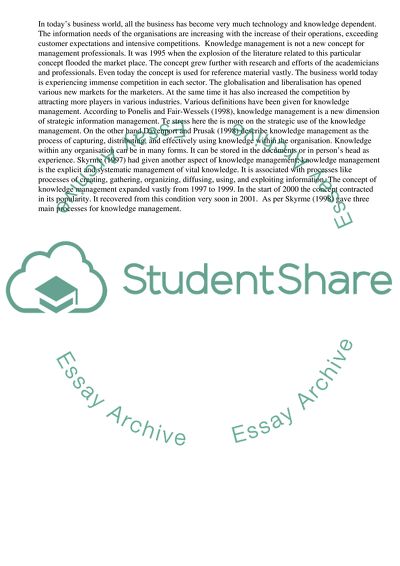Cite this document
(Knowledge Management in International Automobile Sector Research Paper, n.d.)
Knowledge Management in International Automobile Sector Research Paper. Retrieved from https://studentshare.org/management/1703556-research-proposal-modul-international-business-study
Knowledge Management in International Automobile Sector Research Paper. Retrieved from https://studentshare.org/management/1703556-research-proposal-modul-international-business-study
(Knowledge Management in International Automobile Sector Research Paper)
Knowledge Management in International Automobile Sector Research Paper. https://studentshare.org/management/1703556-research-proposal-modul-international-business-study.
Knowledge Management in International Automobile Sector Research Paper. https://studentshare.org/management/1703556-research-proposal-modul-international-business-study.
“Knowledge Management in International Automobile Sector Research Paper”, n.d. https://studentshare.org/management/1703556-research-proposal-modul-international-business-study.


